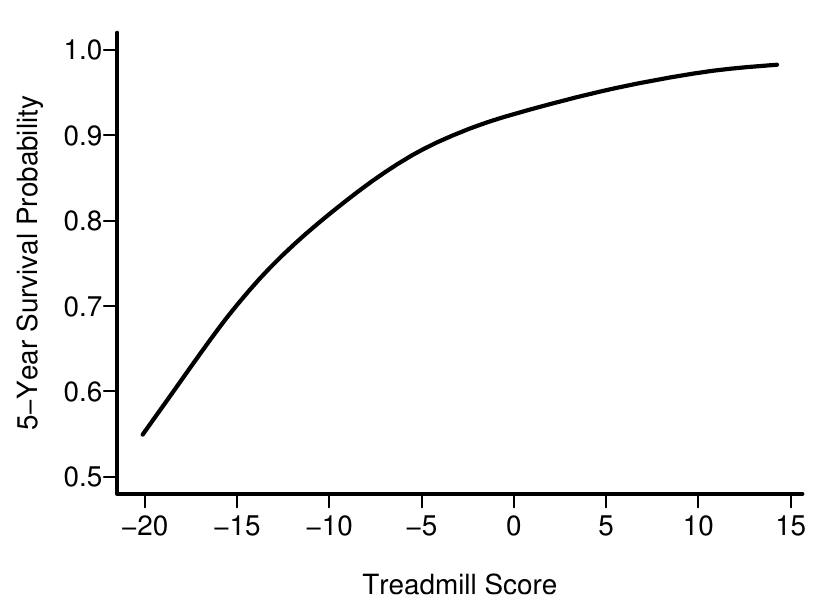In medical context, when presenting results from a binary outcome with a continuous predictor, the OR (odds ratio) can be difficult to interpret.
Example:
A doctor does a study in which he wants to see if high blood pressure (continuous) can potentially increases the risk of heart attacks (binary heart attack no/yes).
He does so by retrospectively looking through patient records and noting whether or not they had a heart attack and what their blood pressure was.
He performs a logistic regression with the continuous blood pressure variable and gets an OR of 1.01.
Now the question is. This OR does not seem very drastic and may be difficult to understand for some clinicians. The doctor therefore does a ROC analysis to see at what value the sensitivity and specificity of blood pressure is highest to predict a heart attack. He notices this is at 150 mmHg (ignore the context, let's assume this is the best value for his purposes).
He regresses again, with heart attacks and the new dichotomized BP above or below 150 mmHg and gets an OR of 5.
This is a lot easier for clinicians to understand. If your blood pressure is above 150 mmHg, your odds of having a heart attack increase 5fold (this is of course not to say your probability increases 5fold).
My question is, would this be a correct way to handle this data? Knowing statistics, there are almost always pitfalls to even the slightest adjustments so I want to hear your input.
I should say I understand the problems of dichotomizing continuous data, e.g. it's pretending that the difference changes from no risk to massive risk from 1 mmHg to the next, but if he was to relay some information to his peers of his findings in a digestible manner, would this be possible?

